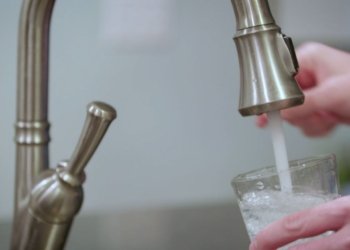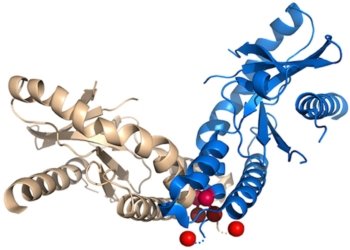Philadelphia is currently grappling with two significant health challenges: a surge in Lyme disease cases and an intense heat wave. As temperatures soar, the risk of tick bites increases, leading to a rise in Lyme disease infections. This combination of extreme weather and heightened disease risk is putting a strain on public health resources and raising concerns among residents. The city is taking measures to address these issues, but the community’s awareness and proactive steps are crucial in mitigating the impact.
Rising Lyme Disease Cases Amidst Heat Wave
Philadelphia is experiencing a notable increase in Lyme disease cases, coinciding with an ongoing heat wave. The hot weather creates ideal conditions for ticks, which thrive in warm, humid environments. As people spend more time outdoors, the likelihood of tick bites and subsequent Lyme disease infections rises. Health officials are urging residents to take preventive measures, such as using insect repellent and performing regular tick checks after outdoor activities.

The symptoms of Lyme disease can be severe and debilitating if not treated promptly. Early signs include fever, headache, fatigue, and a characteristic skin rash called erythema migrans. If left untreated, the infection can spread to joints, the heart, and the nervous system. Public health campaigns are emphasizing the importance of early detection and treatment to prevent long-term complications.
In response to the surge in cases, local health departments are increasing their efforts to educate the public about Lyme disease prevention. Community outreach programs, informational brochures, and social media campaigns are being utilized to spread awareness. Additionally, healthcare providers are being trained to recognize and treat Lyme disease effectively.
Heat Wave Intensifies Health Risks
The current heat wave in Philadelphia is exacerbating the health risks associated with Lyme disease. High temperatures can lead to heat-related illnesses, such as heat exhaustion and heat stroke, which can be life-threatening if not addressed promptly. Vulnerable populations, including the elderly, children, and those with pre-existing health conditions, are particularly at risk.
City officials are implementing measures to help residents cope with the extreme heat. Cooling centers have been established across the city, providing a safe place for people to escape the heat. Public service announcements are being broadcasted to remind residents to stay hydrated, avoid strenuous activities during peak heat hours, and check on neighbors who may be at risk.
The combination of heat and Lyme disease poses a unique challenge for healthcare providers. Emergency rooms are seeing an influx of patients with heat-related illnesses, while also managing the increase in Lyme disease cases. This dual burden is straining medical resources and highlighting the need for coordinated public health responses.
Community Efforts and Future Preparedness
Community involvement is crucial in addressing the dual health threats facing Philadelphia. Residents are encouraged to participate in local health initiatives and stay informed about the risks and preventive measures for both Lyme disease and heat-related illnesses. Neighborhood associations and community groups can play a vital role in disseminating information and supporting vulnerable individuals.
Looking ahead, city planners and public health officials are considering long-term strategies to mitigate the impact of similar health crises in the future. This includes enhancing green spaces to reduce urban heat islands, improving public health infrastructure, and increasing funding for disease prevention programs. Collaboration between government agencies, healthcare providers, and the community will be essential in building resilience against future health threats.
Philadelphia’s experience with Lyme disease and the heat wave underscores the importance of preparedness and proactive measures in safeguarding public health. By staying informed and taking preventive actions, residents can help reduce the impact of these health challenges and contribute to a healthier, safer community.



































